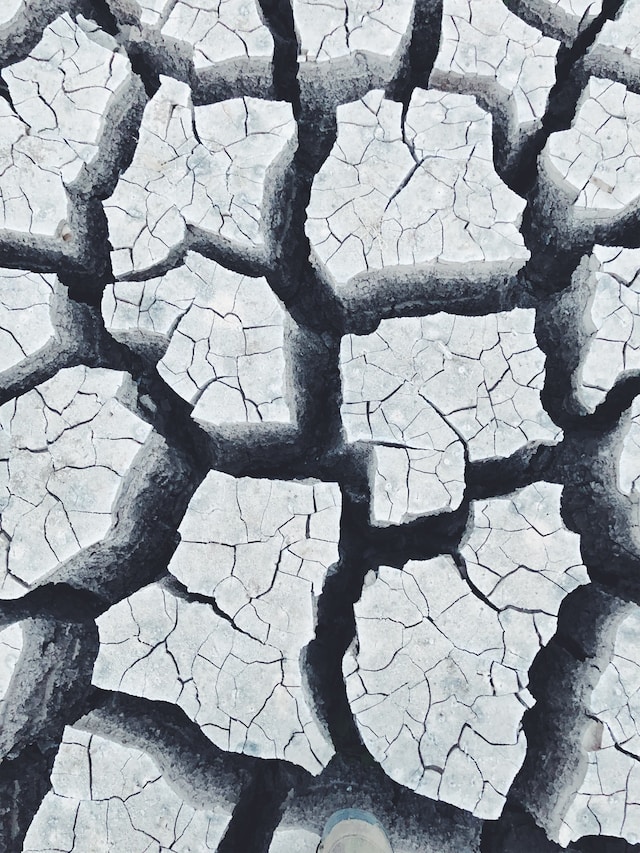Introduction:
The enigmatic Red Planet continues to captivate scientists and space enthusiasts alike, and now, a groundbreaking exploration method is shedding light on the mysteries of Mars’ crust. Seismic activity, detected by NASA’s InSight lander, is providing valuable insights into the planet’s geological composition and evolution. This seismic exploration is opening new doors for understanding Mars’ past, present, and potential for hosting life.
Unveiling Mars’ Seismic Secrets:
NASA’s InSight lander, equipped with the Seismic Experiment for Interior Structure (SEIS), has been stationed on Mars since 2018, capturing vital data about the planet’s internal dynamics. By monitoring seismic activity, or marsquakes, InSight is unraveling the secrets hidden beneath the surface of the Red Planet.
The Martian Seismic Symphony:
Marsquakes, similar to earthquakes on Earth, are seismic waves traveling through Mars’ interior, revealing valuable information about the planet’s crust, mantle, and core. By analyzing the characteristics and patterns of these seismic waves, scientists can construct detailed models of Mars’ subsurface and gain insights into its geological history.
Peering into Mars’ Crust:
One of the primary focuses of seismic exploration on Mars is understanding the composition and structure of its crust. The seismic waves generated by marsquakes provide valuable clues about the types of rocks and minerals present in the crust, as well as the thickness and density of these layers.
Preliminary data from InSight suggests that Mars’ crust is significantly different from Earth’s. While Earth’s crust is primarily composed of silica-rich rocks like granite and basalt, Mars’ crust appears to be dominated by basaltic rocks. This disparity indicates different geological processes and histories, leading to the distinct crustal composition observed on the two planets.
The Crust-Mantle Connection:
Seismic data from Mars is not only shedding light on the crust but also providing insights into the relationship between the crust and the underlying mantle. The arrival of seismic waves at the lander allows scientists to study the properties of the Martian mantle, such as its density and temperature.
By understanding the interaction between the crust and mantle, scientists can unravel Mars’ tectonic history and identify potential areas of past or present volcanic activity. These findings may hold clues to Mars’ geodynamic evolution, including the formation of its prominent features such as Olympus Mons, the largest volcano in the solar system.
Implications for Martian Life:
The exploration of Mars’ crust through seismic activity is not only advancing our geological knowledge but also holds implications for the search for signs of life on the Red Planet. The detection of marsquakes and the resulting seismic data provide crucial information about the subsurface environment, including the potential presence of liquid water and habitats that could support microbial life.
Furthermore, understanding the geological dynamics of Mars is essential for future human missions and potential colonization efforts. Knowledge about the composition and stability of the crust will aid in the selection of landing sites and the design of habitats that can withstand the unique geological challenges of Mars.
Conclusion:
The seismic exploration of Mars’ crust through InSight’s detection of marsquakes is revolutionizing our understanding of the Red Planet’s geological history. By deciphering the seismic waves and analyzing the resulting data, scientists are piecing together the puzzle of Mars’ composition, tectonic activity, and potential for hosting life.
As our exploration of Mars continues, the invaluable information obtained from seismic exploration will pave the way for future scientific missions and inspire new questions about the formation, evolution, and habitability of this captivating world. The mysteries of Mars’ crust are gradually being unveiled, revealing the secrets hidden beneath the rust-colored surface and fueling our curiosity to delve deeper into the
enigmatic Red Planet.




